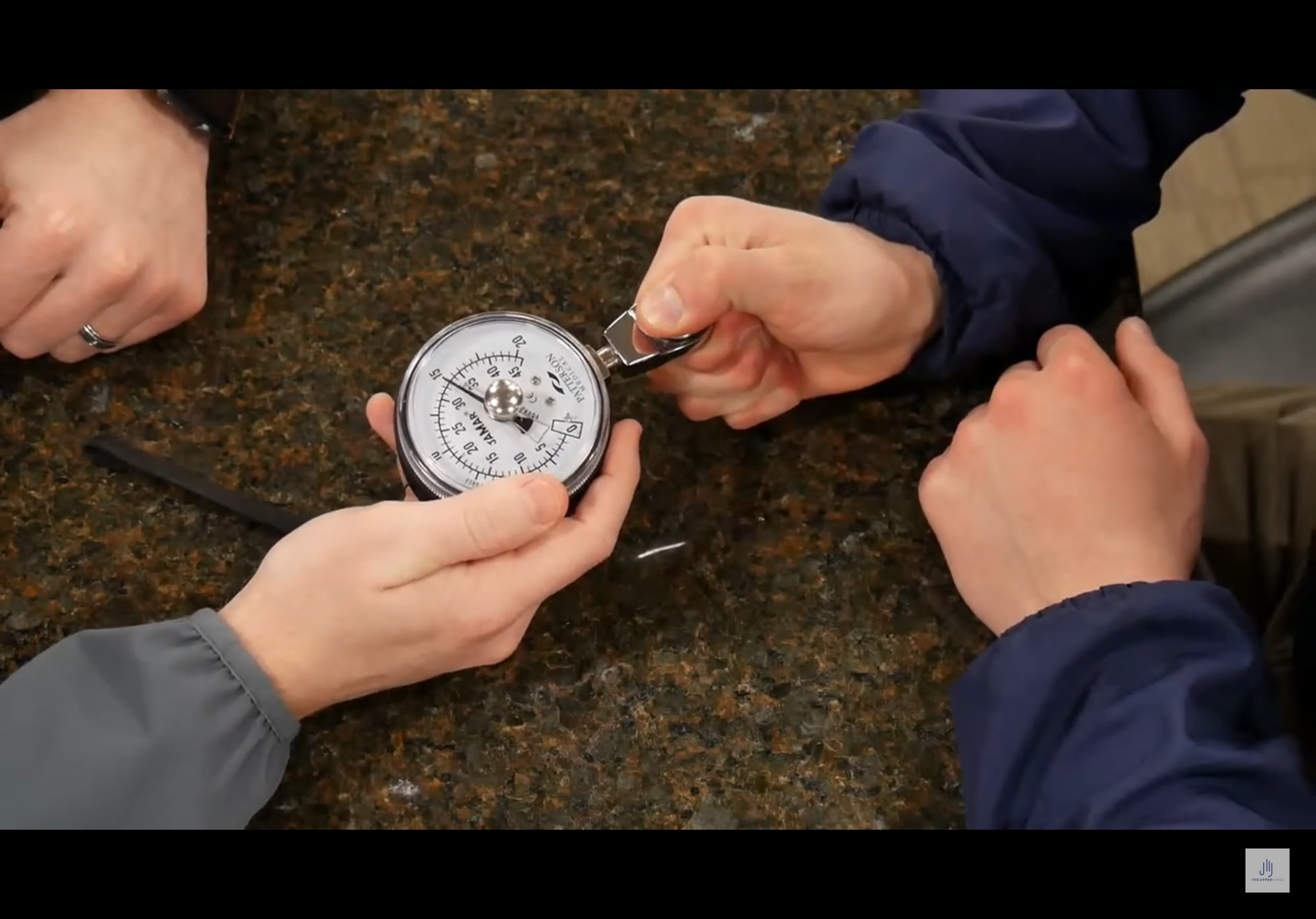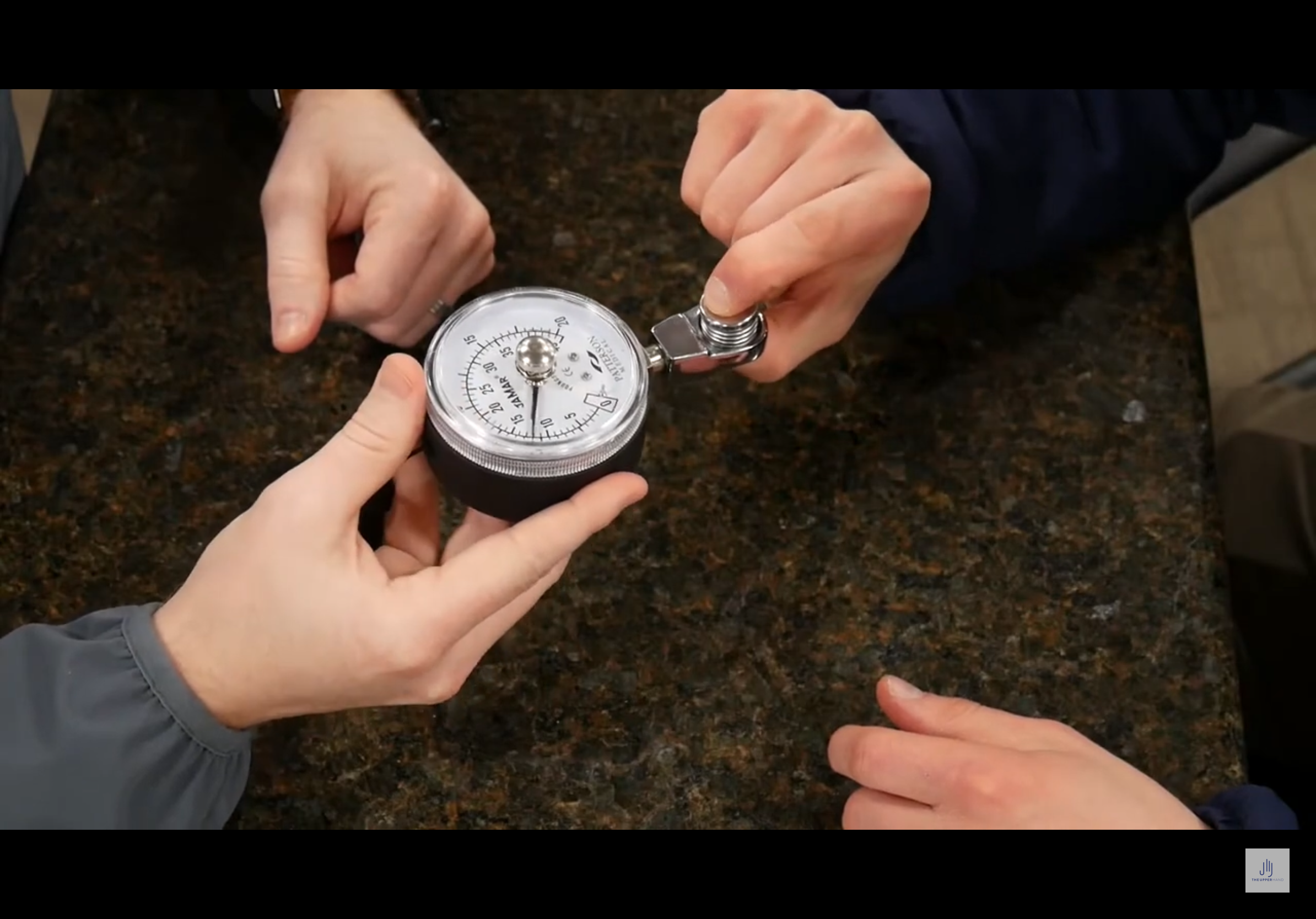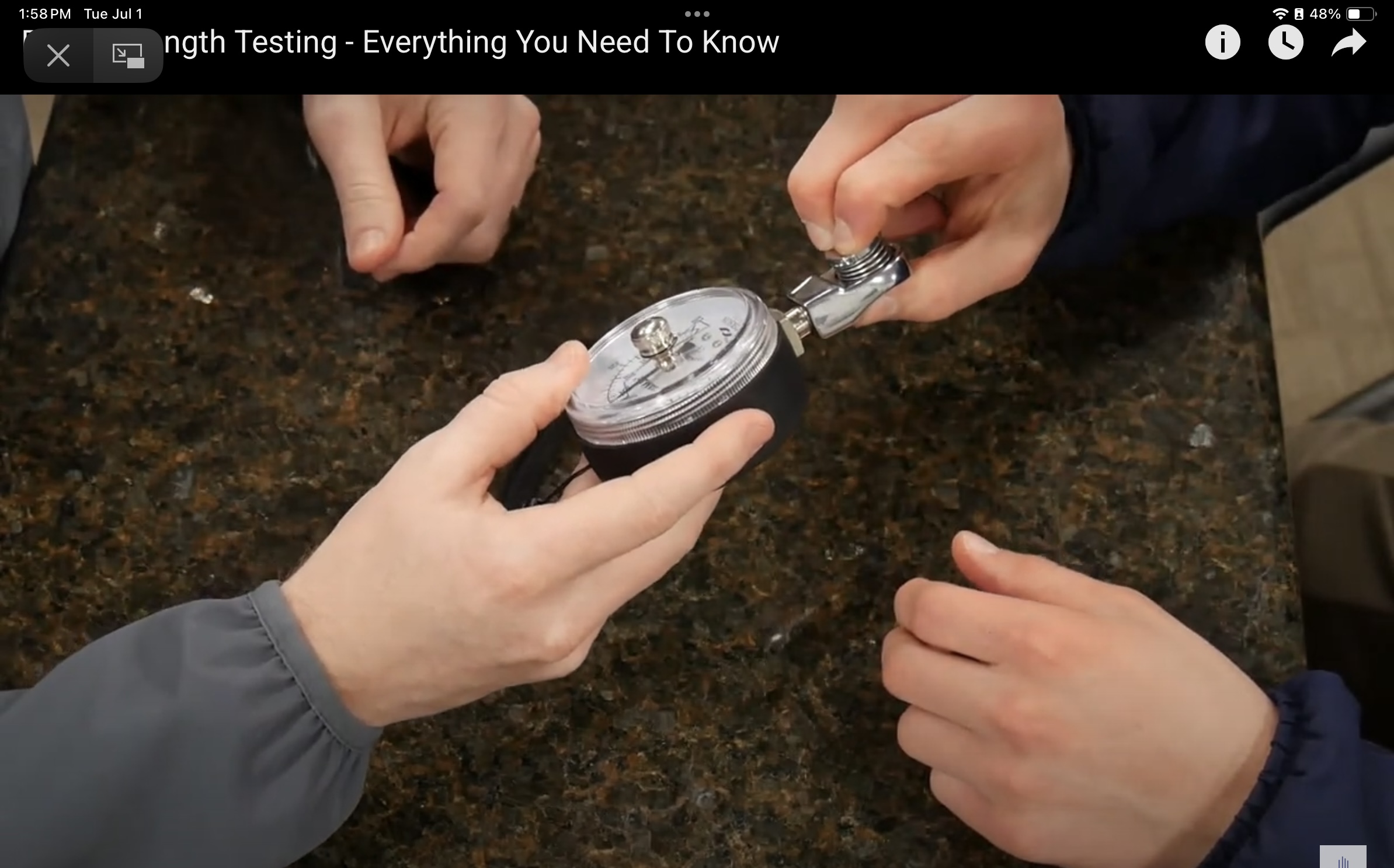Musculoskeletal 🏋️♂️
1/25
There's no tags or description
Looks like no tags are added yet.
Name | Mastery | Learn | Test | Matching | Spaced |
|---|
No study sessions yet.
26 Terms
MMT
0 | 0 | No visible or palpable contraction |
Trace | 1 | Visible or palpable contraction (No ROM) |
Poor- | 2- | Partial ROM, gravity eliminated |
Poor | 2 | Full ROM, gravity eliminated |
Poor+ | 2+ | Gravity eliminated/slight resistance or < 1/2 range against gravity |
Fair- | 3- | > 1/2 but < Full ROM, against gravity |
Fair | 3 | Full ROM against gravity |
Fair+ | 3+ | Full ROM against gravity, slight resistance |
Good- | 4- | Full ROM against gravity, mild resistance |
Good | 4 | Full ROM against gravity, moderate resistance |
Good+ | 4+ | Full ROM against gravity, almost full resistance |
Normal | 5 | Normal, maximal resistance |
Muscle Strength Consideration for 3/5
-If the person has 3/5 strength, then the activity must be something against gravity to strengthen
-ex: storing items on shelves at chest height is a lightly resistive activity that can help triceps currently with 3/5 strength become stronger against gravity
-wiping counter is activity with gravity that requires less tricep strength especially when standing
Spasticity vs. Rigidity
Spasticity
resistance is only in 1 direction
Velocity dependent and more noticeable with fast movement ⚡️spasticity=speed
Associated with stroke, SCI, motor neuro disease
Clasp Knife Spasticity- type of spasticity where there is more tone in initial movement with a release
Rigidity
Same resistance in all directions
NOT velocity dependent
Often seen with Parkinson’s
Cogwheel Rigidity
Amputation Types
Levels:
-transhumeral- above elbow
-transradial- below elbow
-transmetacarpal- below wrist
-transfemoral- above knee
-transtibial- below knee
-transmetatarsal- below ankle
-disarticulation- across the joint (hip, wrist, elbow, shoulder)- ankle specifically called Syme’s amputation
-forequarter- lose clavicle, scapula, and entire UE
Complications:
-Neuroma, nerve endings that adhere to scar tissue
-Phantom limb syndrome and phantom limb pain
-Knee flexion contracture and trans tibial amputation
Amputation Tx
Preprosthetic
-Hygiene/wound healing, desensitization, wrapping to shape and shrink residual limb, pt may need emotional support, phantom limb sensation may be present
Interventions: teach pt to wash/dry residual limb/inspect skin for redness/blisters/sores daily; teach how to wrap area/use shrinker; use estim to improve blood flow; use tapping on sensitive areas/light/deep tissue massage/fluidotherapy; mirror box therapy for phantom limb pain; deep heat/scar massage to help manage scar tissue; ROM to prevent joint contracture; isotonic exercises to increase strength in prep for prosthetic use; therapeutic activities to incorporate residual limb, may need to learn how to use non-dominant hand
Prosthetic: Functional training with prosthetic, donning and doffing prosthetic, increasing wear tolerance
LE amputation: Desensitization, wrapping, strengthening with focus on triceps, Transfer training (stand pivot), functional mobility with walker, lower extremity dressing, wheelchair mobility (ensure support to prevent knee flexion contracture)
Phases of Prosthetic Training
Propositioning: teach client to position terminal device for optimal grasp
The elbow flexed at 90° with forearm in neutral is the easiest position to start grasp and release activities. It is also the most functional and natural.
Other positions are more difficult positions and can be attempted after achievement of the mentioned position, if needed.
Donning/doffing: learning to place and take of terminal device
Control: learning to open/close the device
Functional: learning to use the device for tasks/activities
use the terminal device as functional assist and stabilizer
Prosthetic Wear Schedule
-Start at 15-30 mins
-Take off and check for irritation after 20 mins
-If no irritation: increase wear time by 15-30 mins and keep repeating process until pt tolerates all day wear
-If irritation report to prosthetist so they can adjust prosthetic for better fit
Body-operated prostheses
-voluntary open: hook is closed, and person must open with movement (more common)
-voluntary close: hook is open, and person must close w/ movement
-for a hook, shoulder flexion and scapular protraction are key movements; can also use chest expansion for shoulder disarticulation
What type of patient is a poor candidate for UE cable driven orthosis?
-Requires the ability to pronate/supinate the forearm
-So if their amputation is high up/short below elbow and the stump is really small, not much rotation happens
-They should use a device that has a fixed elbow socket to provide extra stability
Myoelectric prosthesis
- Commonly uses the wrist flexors and extensors to open the terminal device
-As well as the bicep and tricep for a transhumeral amputation.
-Shoulder articulation uses the pectoralis major and infraspinatus
Neuroma
-a ball-like growth of nerve fibers that creates a nerve scar, not able to visualize just by looking, typically happens after amputation
-very painful
Posterior hip pxns
-no flex past 90
-no internal rot
-no add/cross legs
-do not pivot on hip
benefit from most AE d/t no hip flex
sleep supine with pillow between legs
Anterior hip pxns
-no adduction aka no crossing legs/feet
-no external rotation
-no hip extension
benefit from hip abductor wedge
In general how could an OT see if a client has carryover & adherence to precautions?
-seeing pt perform it when you’re not in therapy, when they don't know you’re looking, or in a natural environment (with family) is a good way to see adherence
-make sure patients have self-efficacy/understanding
Pain- Common Types & Interventions
Common Types:
acute: recent onset likely from injury
chronic: long term d/t changes in sensitivity
myofascial: muscle, tendon, fascia not joints
fibromyalgia syndrome: msk pain and fatigue disorder
low back: d/t poor posture, repetitive bending, heavy lifting
Interventions:
-PAMs/massage
-proper positioning
-relaxation techniques
-correct posture
-exercises (tai chi, progressive overloading)
Type of Pressure to use with Manual Decongestive Therapy (manual lymphatic drainage)
- light rhythmic strokes of lymph nodes, compression therapy, exercises
Antitipping device for WC
-useful for those who will be in the WC a lot
-useful for people without legs whose center of gravity is altered
Low Back Pain- Conditions associated with it, general OT recs, and specific OT ADL recs
-Most common type of pain/cause of disability in U.S.
-Associated conditions: sciatic pain, spinal stenosis, facet joint pain, spondylolysis (stress fracture of dorsal to transverse process), sondylolisthesis (slippage of vertebra out of position), herniated nucleus purposes, compression fracture (from vertebral OA)
-Help relieve back pain with better body mechanics- limit lumbar lordosis/posterior pelvic tilt esp when lifting
Random ADL OT recs:
-Dressing: do while sitting, lie flat on bed when pulling clothing up, thread belts through before donning pants to min twisting
-Functional Mobility: sit up by bending knees and pushing up with arms, avoid sitting longer than 20 mins
-Hygiene: kitchen sinks preferred over low bathroom sinks, put foot in cabinet while bending hips/keeping back straight to bend lower
-Sex: put rolled towel/pillow under lower back to keep in neutral position
-Toileting: avoid twisting by reaching between legs to wipe rather than reaching around the back, can sit facing toilet tank and straddle for wider base of support and tank to push up for sit to stand transfer
-Rest/Sleep: firm mattress, supine- pillow under knees, side-lying- pillow between knees, prone- pillow under hips
What to focus on with pt s/p Laminectomy
Teach them to maintain normal spinal alignment post surgery- log roll, proper posture when sitting/standing
Common Intervention for Fibromyalgia
Pain diary/ daily activity log for 1-2 weeks can help to recognize patterns/stressors that exacerbate or relieve symptoms
Desensitization Progression
-start with least sensitive area with an irritating but tolerable texture for short periods several times a day
-gradually progress to more sensitive areas
Ataxia
Often caused by flexor patterns in lower extremities
Testing Pinch Strength- Lateral Pinch
-AKA key pinch
-Shoulder adducted to side, elbow flexed to 90, forearm in neutral
-pad of thumb to lateral aspect of index finger’s middle phalanx
-take mean of three trials on each hand and compare to norms

Testing Pinch Strength- Tip to Tip Pinch
-AKA pincer grasp
--Shoulder adducted to side, elbow flexed to 90, forearm in neutral
-pad of thumb to pad of index finger
-take mean of three trials on each hand and compare to norms

Testing Pinch Strength- Three Jaw Chuck
-AKA palmar pinch
-Shoulder adducted to side, elbow flexed to 90, forearm in neutral
-Pad of thumb to pads of index & middle fingers
-take mean of three trials on each hand and compare to norms

Osteogenesis Imperfecta
-AKA brittle bone disease
-OT intervention mainly relates to SAFETY for handling, positioning, and activities
-swimming and potentially walking may help to increase strength